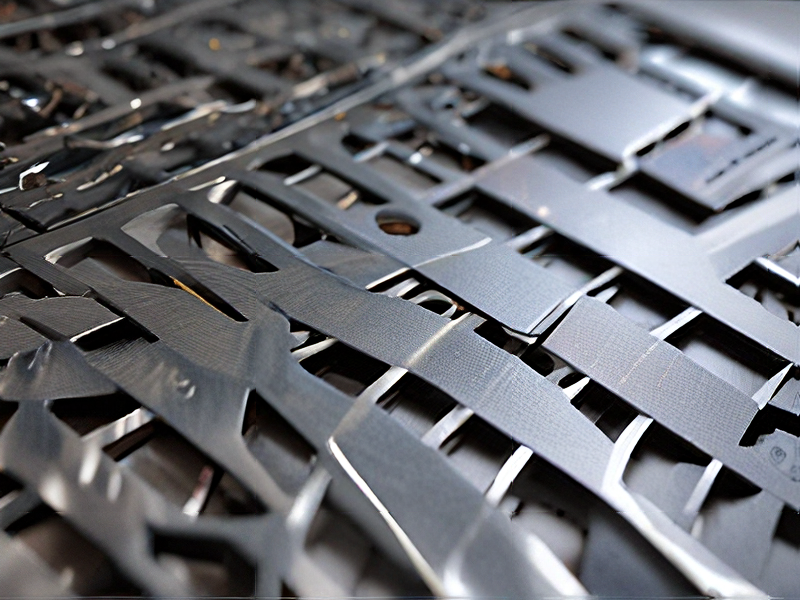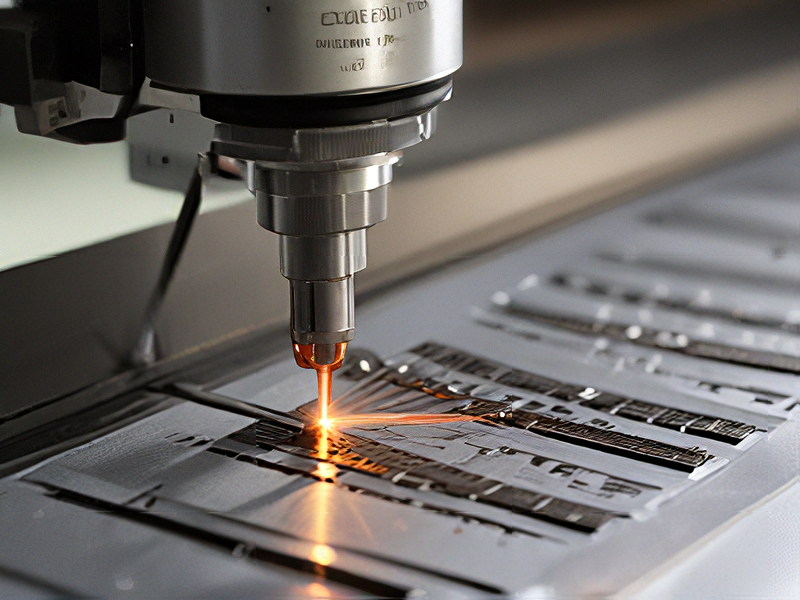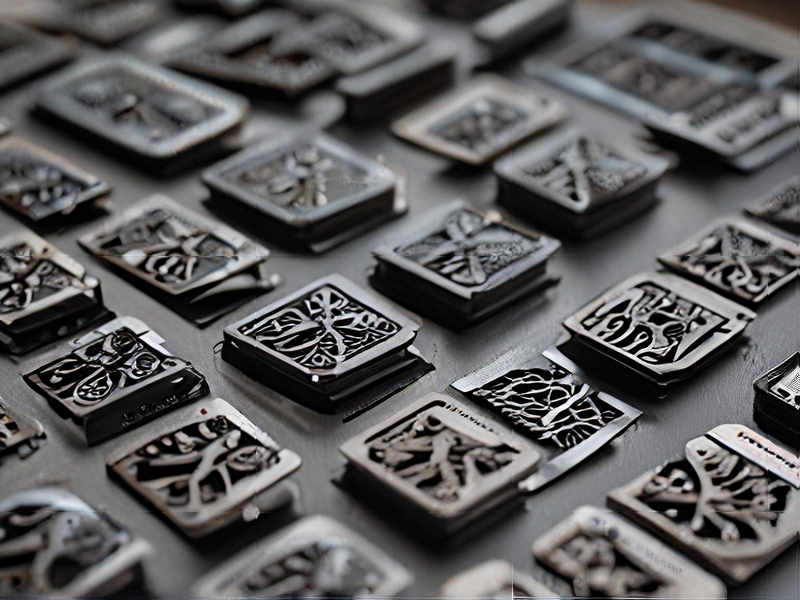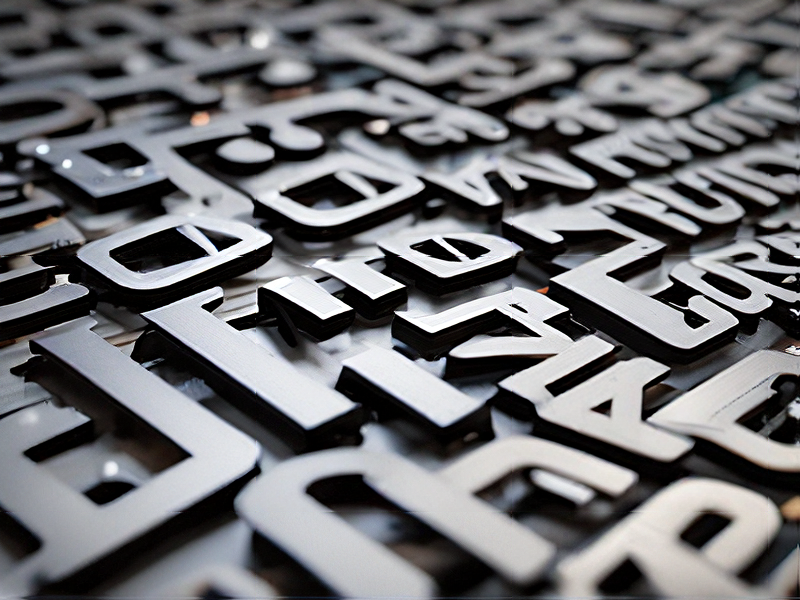Technology and Applications of laser cut on metal
Laser cutting on metal involves using a high-powered laser beam to cut or engrave metal surfaces. This technology has revolutionized various industries due to its precision, speed, and versatility. Here’s a brief overview of its technology and applications:
Technology
1. Laser Types: The most common lasers used in metal cutting are CO2, fiber, and Nd:YAG lasers.
– CO2 Lasers: Effective for cutting, boring, and engraving metals. They emit a continuous beam of infrared light.
– Fiber Lasers: Use a solid-state design and are highly efficient for cutting reflective metals like aluminum and copper.
– Nd:YAG Lasers: Suitable for high-precision tasks such as marking and engraving.
2. Process:
– Beam Generation: The laser generates a focused beam of light.
– Beam Delivery: The beam is directed onto the metal surface via mirrors or optical fibers.
– Cutting Mechanism: The intense heat from the laser beam melts or vaporizes the metal, and an assist gas (like nitrogen or oxygen) blows the molten material away, creating a clean cut.
Applications
1. Manufacturing: Laser cutting is widely used for fabricating machine parts, automotive components, and electronic enclosures. It allows for high precision and consistency in mass production.
2. Aerospace: Used for cutting intricate parts from high-strength metals like titanium and Inconel, essential for aircraft components.
3. Jewelry: Enables precise and intricate designs on precious metals, enhancing creativity and craftsmanship.
4. Medical Devices: Utilized for producing surgical instruments and implants with high precision and minimal thermal distortion.
5. Construction: Applied in creating metal frameworks, structural components, and decorative metalwork.
6. Art and Design: Artists and designers use laser cutting to create detailed metal sculptures, signs, and decorative pieces.
Laser cutting technology continues to evolve, offering improved efficiency, reduced waste, and enhanced capabilities across various industries. Its ability to produce complex shapes with high precision makes it indispensable in modern manufacturing and design.

Quality Testing Methods for laser cut on metal and how to control quality
Quality testing methods for laser cutting on metal typically include:
1. Visual Inspection: Initial examination for surface defects, dross (residual material), and edge quality.
2. Dimensional Checks: Using precision tools to verify dimensions and tolerances against specifications.
3. Microscopic Analysis: Detailed inspection under a microscope for edge smoothness and integrity.
4. Surface Roughness Measurement: Quantifying roughness using profilometers to ensure adherence to specified limits.
5. Metallurgical Examination: Assessing material structure and potential heat-affected zones to ensure they meet mechanical properties.
To control quality:
– Process Parameters: Maintain optimal laser power, speed, and assist gas flow to achieve consistent results.
– Regular Maintenance: Ensure laser optics are clean and aligned for precise cutting.
– Operator Training: Skilled operators can anticipate issues and adjust parameters accordingly.
– Quality Management Systems: Implementing ISO standards (e.g., ISO 9001) ensures robust quality control procedures are in place.
By combining these methods and controls, manufacturers can ensure high-quality laser-cut metal parts that meet customer expectations and industry standards.

Tips for Procurement and Considerations when Purchasing from laser cut on metal
When procuring laser-cut metal products, it’s crucial to consider the following tips to ensure quality and cost-efficiency:
1. Material Selection:
– Type of Metal: Choose the appropriate metal (e.g., stainless steel, aluminum, brass) based on the application’s requirements such as strength, corrosion resistance, and aesthetics.
– Thickness: Ensure the metal thickness is suitable for your design and structural needs. Thicker metals might require more powerful lasers and can affect the cut quality and cost.
2. Quality of Cut:
– Precision: Verify the laser cutter’s precision and tolerance levels, as this impacts the final product’s fit and function.
– Finish: Assess the quality of the cut edges. Smooth, burr-free edges indicate a high-quality cut. Post-processing needs (deburring, polishing) should be minimal.
3. Supplier Credentials:
– Reputation: Choose a supplier with a strong reputation for delivering high-quality laser-cut products. Read reviews and ask for references.
– Certifications: Ensure the supplier holds relevant certifications (e.g., ISO 9001) that attest to their quality management systems.
4. Capabilities:
– Technology: Ensure the supplier uses advanced laser cutting technology, which can handle complex designs and maintain high precision.
– Customization: Confirm if the supplier offers customization services to meet specific design requirements, including different shapes, sizes, and intricate patterns.
5. Cost Considerations:
– Pricing: Obtain detailed quotes and compare costs, including any additional charges for design, setup, and post-processing.
– Volume Discounts: Inquire about discounts for bulk orders, which can significantly reduce overall costs.
6. Turnaround Time:
– Lead Time: Ensure the supplier can meet your project timelines. Evaluate their production capacity and delivery schedules.
7. Support Services:
– Design Assistance: Look for suppliers that offer design support to optimize your project for laser cutting.
– After-Sales Support: Check the availability of after-sales support for any issues that may arise post-delivery.
By carefully considering these factors, you can ensure that your procurement of laser-cut metal products meets your quality, cost, and timeline requirements.

FAQs on Sourcing and Manufacturing from laser cut on metal in China
Certainly! Here are some FAQs regarding sourcing and manufacturing laser-cut metal in China:
1. Why choose China for laser cutting metal?
China offers competitive pricing and a vast network of manufacturers specializing in precision engineering, making it cost-effective and efficient for laser cutting metal.
2. What are the typical materials used for laser cutting in China?
Common materials include stainless steel, aluminum, carbon steel, and various alloys. Manufacturers can accommodate different thicknesses based on project requirements.
3. How can I ensure quality control when sourcing from China?
Select manufacturers with certifications like ISO 9001 and conduct thorough supplier audits. Request samples, detailed specifications, and quality assurance processes before committing to production.
4. What is the typical lead time for laser-cut metal orders from China?
Lead times vary based on complexity and order volume but generally range from a few days to several weeks. Communicate clear timelines with your supplier to manage expectations.
5. Are there any import/export regulations to consider?
Understand tariffs, duties, and shipping regulations to avoid delays or unexpected costs. Work with experienced freight forwarders to navigate customs and logistics smoothly.
6. How can I communicate effectively with Chinese manufacturers?
Use clear, detailed specifications and consider hiring a translator if language barriers exist. Establish regular communication channels to address any concerns promptly.
7. What are common challenges when sourcing from China?
Issues such as intellectual property protection, communication gaps, and quality discrepancies can arise. Conduct due diligence and establish robust contracts to mitigate risks.
8. Can I customize designs for laser cutting in China?
Yes, manufacturers often offer customization services to meet specific design requirements. Provide detailed CAD files or design specifications for accurate production.
9. What are the payment terms typically used?
Payment terms vary but often include initial deposits and balance payments upon completion or before shipping. Negotiate terms that align with your cash flow and risk tolerance.
10. How do I handle disputes or quality issues?
Have clear agreements in place regarding quality standards, inspection procedures, and dispute resolution mechanisms. Address concerns promptly to maintain a good working relationship.
Navigating sourcing and manufacturing in China requires careful planning and communication to ensure successful outcomes for laser-cut metal projects.

